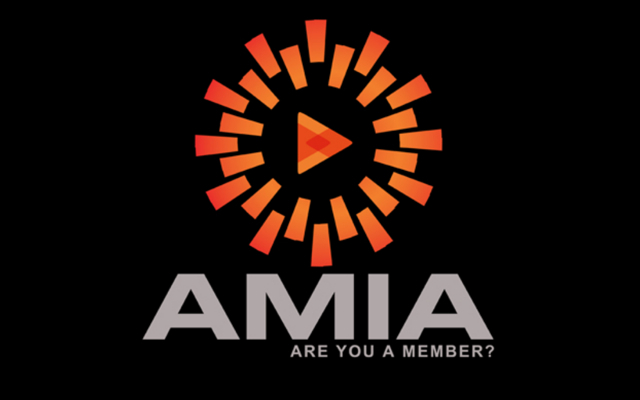New Software Tackles Scratch Removal for Film Restoration
August 28, 2017
At The Reel Thing, an AMIA (Association of Moving Image Archivists) conference, Hollywood technologists and filmmakers gathered to hear presentations on challenges in restoration, remastering and archiving. PurePix Images chief executive Michael Inchalik and University of Georgia mathematics professor Alexander Petukhov looked at how Algosoft is developing software to repair vertical scratches, one of the toughest challenges in digital restoration. “We’re discussing a high-level restoration workflow,” said Inchalik.
Inchalik notes how far digital restoration has come since the first, a 4K digital version of Disney’s “Snow White.” For that film, he says, only 5 percent of the work was automatic.
“Our expectations and technologies have changed substantially,” he said, pointing out that consumers now expect images with features that are impossible to achieve by hand. “Also, we’ve already restored the highest value titles, so now we’re dealing with titles with lower economic return, so the commercial incentive isn’t there. But we do have millions and millions of hours to convert, and it’s not practical to do that manually.”
“Automatic processing is just kicking in,” Inchalik added. “With the right kind of algorithms, it can replace 95 percent of what has been manual, and it makes any subsequent retouching easier. We’re riding Moore’s law, but going even faster, because GPUs’ speed doubles every nine months. So the work will be cheaper over time.” The Holy Grail of archivists, a successful automated system is the goal of Algosoft, headed by mathematician Dr. Inna Kozlov.
Petukhov gave a deep dive into the Algosoft automated system, based on deep learning. The company’s Combo Filter currently offers automated dust removal, sharpened, deflicker, with AI-powered vertical scratch technology to be introduced soon.
“Digital scratch repair is traditionally the most difficult restoration task, mainly because there is a huge variety of scratches, with different color, intensity, density, and width,” he said. “A scratch can also be intermittent, because the look and intensity of the scratches can vary greatly even during the same long scratch. They can also be confused with real vertical lines and edges in the image.”
Accuracy in scratch removal, therefore, has always lagged behind improved accuracy for other restoration tasks. Improving accuracy requires motion estimation, classic signal and image processing, and new tools including wavelets, Bayesian statistics, and compressed sensing algorithms. The latest tool added to these is deep learning, based on neural networks.
“Key factors driving AI is hardware, big data, algorithms and the money going to this field,” said Petukhov, who described the convolutional neural network, which creates feature maps to separate the image into many layers. “Deep learning applied to vertical scratch restoration offers tremendous efficiencies, with fast prediction,” he said, noting that one downside is that neural networks are “a black box [that] cannot give a reason as to why they got the result.”
“There is no guarantee that the result is correct,” he said, but Inchalik reports a 1.5 percent error rate, for 98 percent accuracy, based on 80,000 test images. “Send us your scratches,” implored Petukhov. “The more scratches in the training database, the better the performance.”


No Comments Yet
You can be the first to comment!
Sorry, comments for this entry are closed at this time.